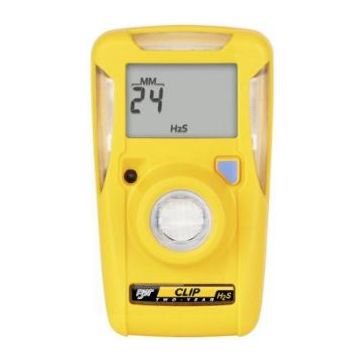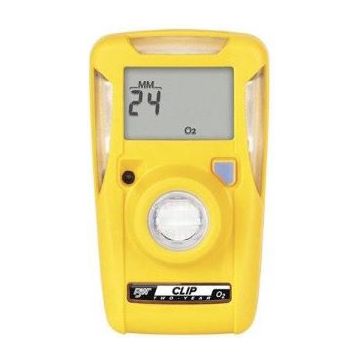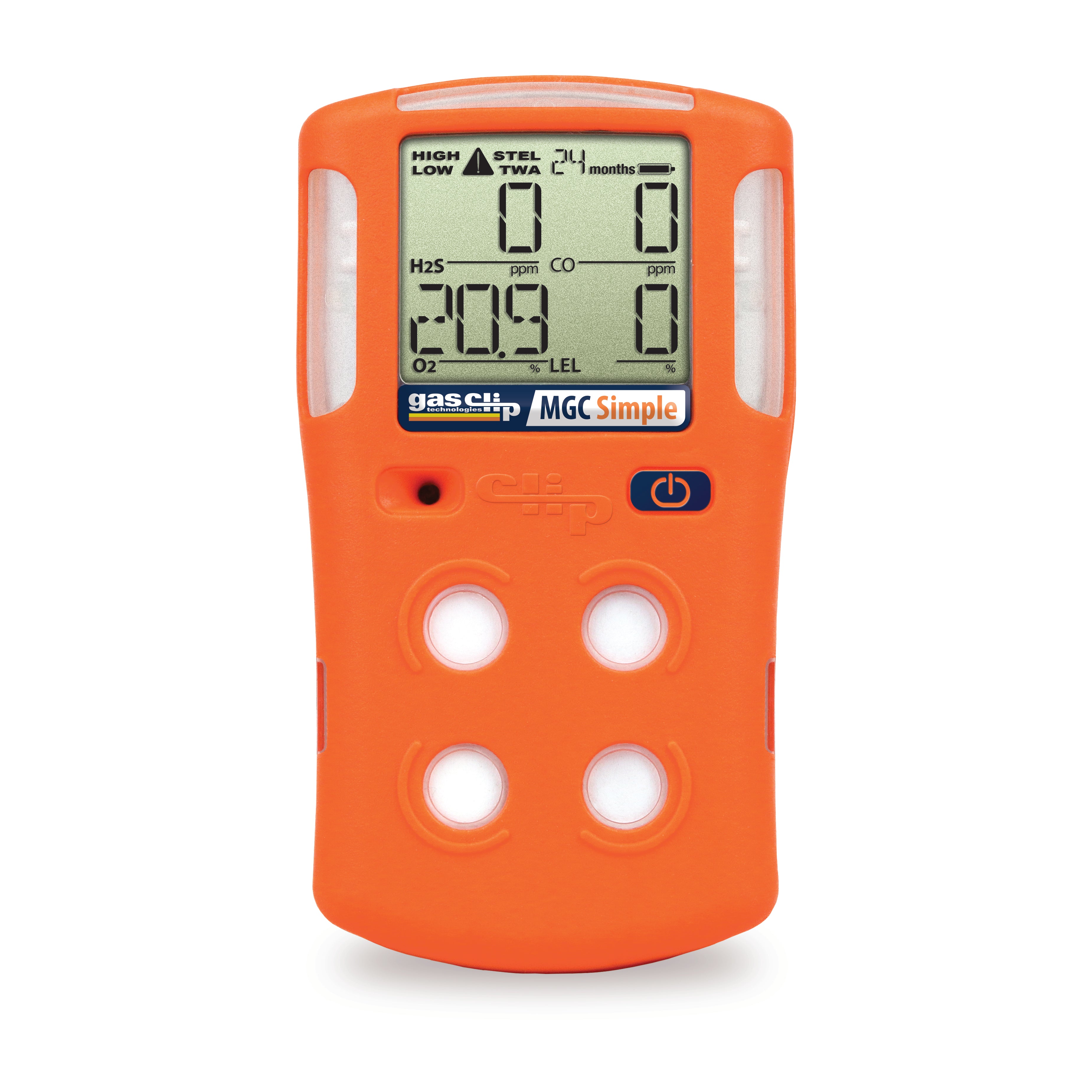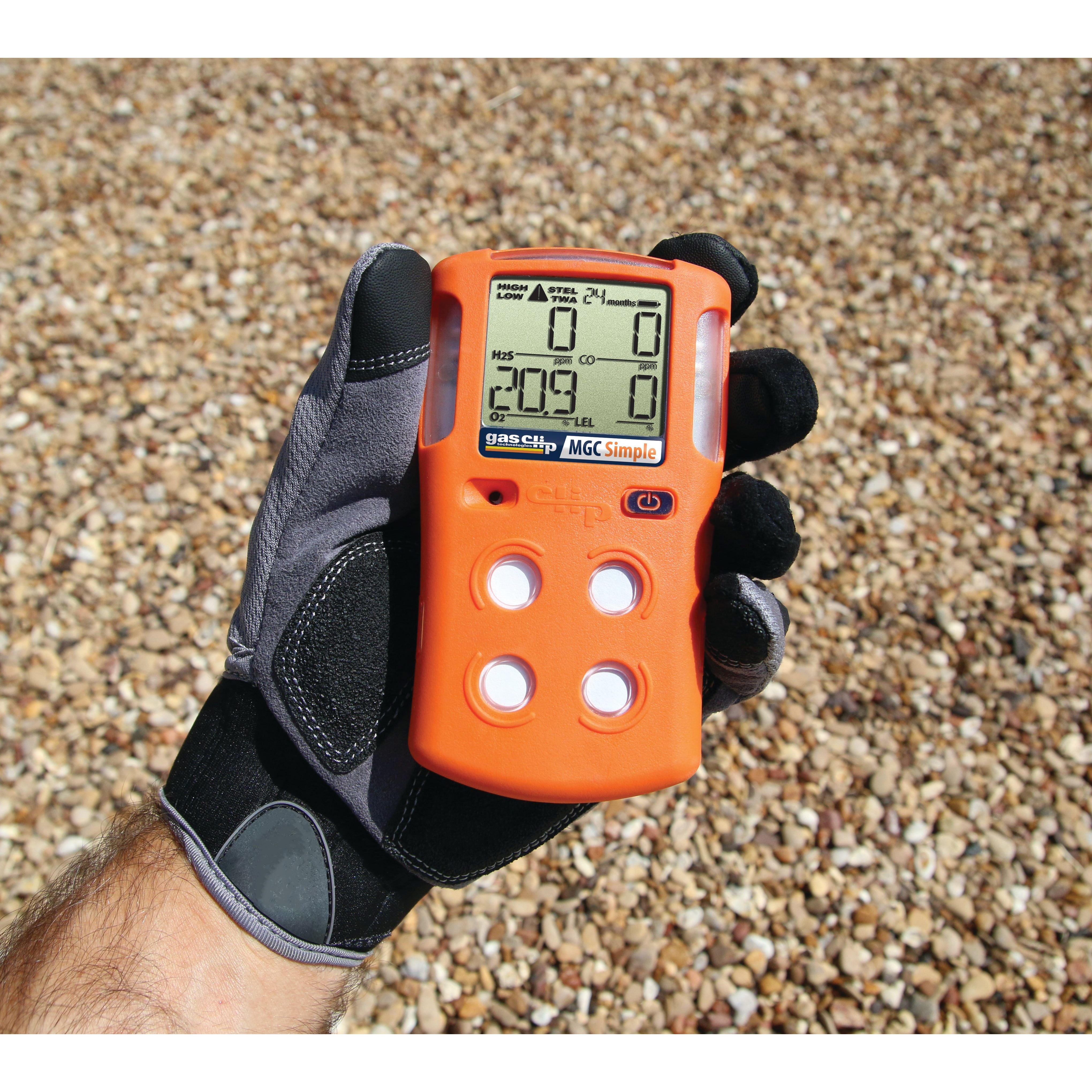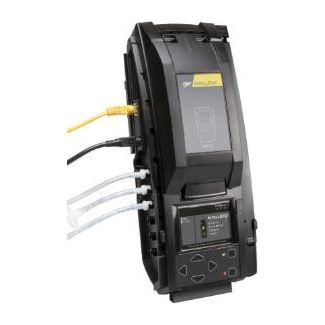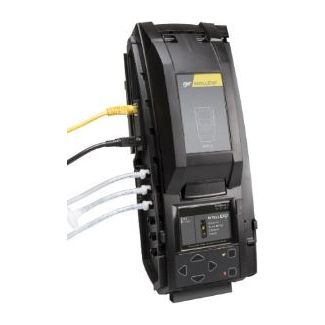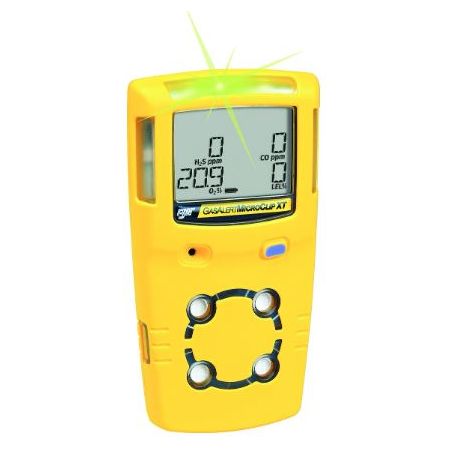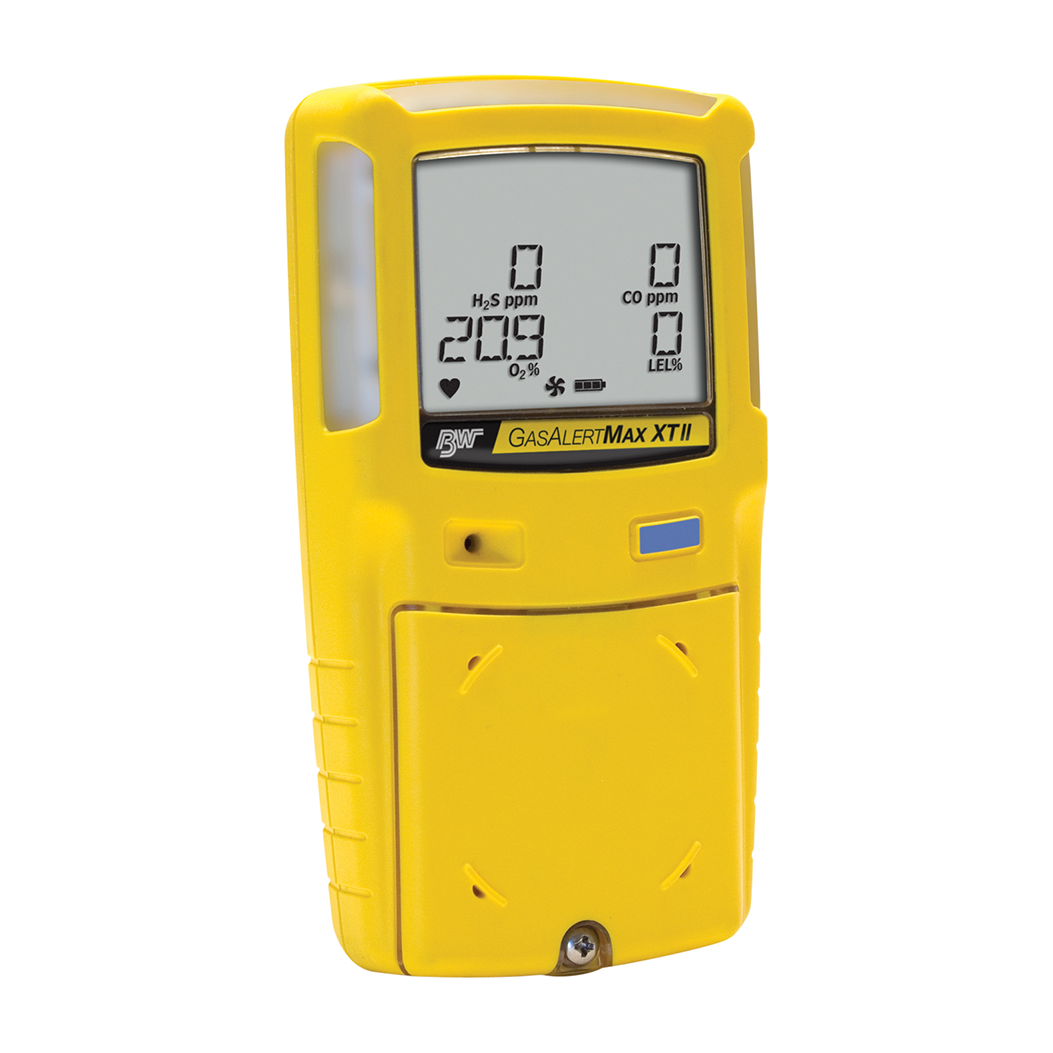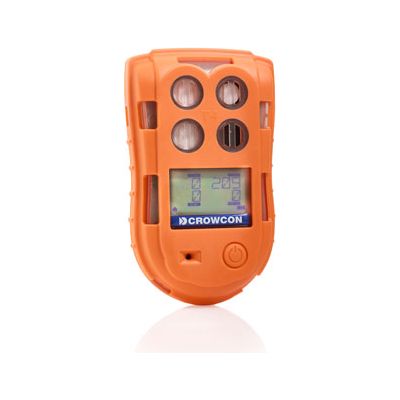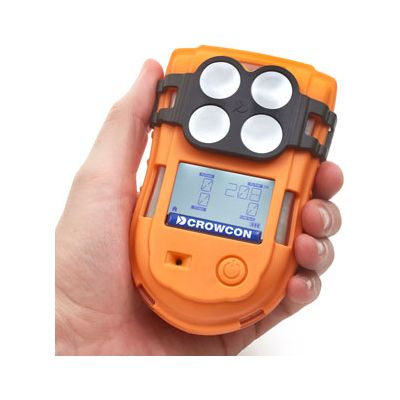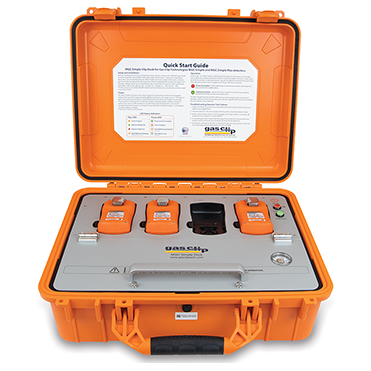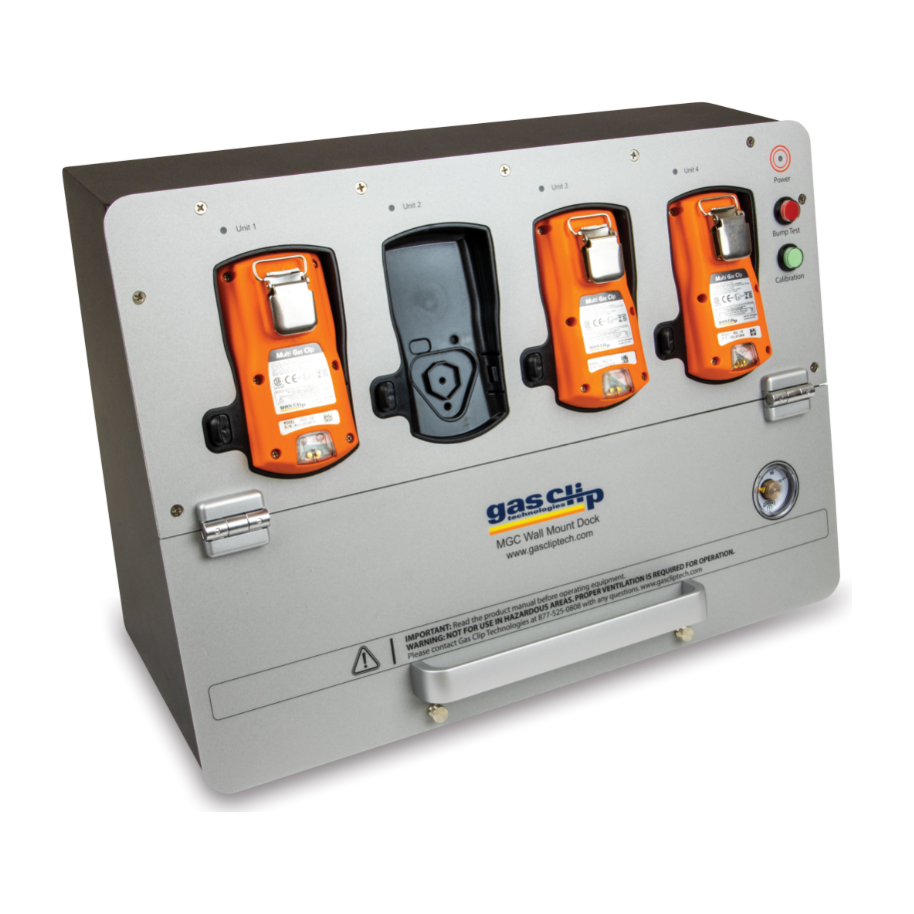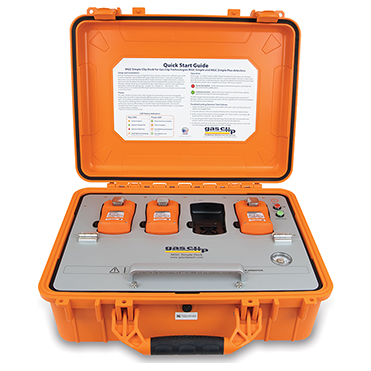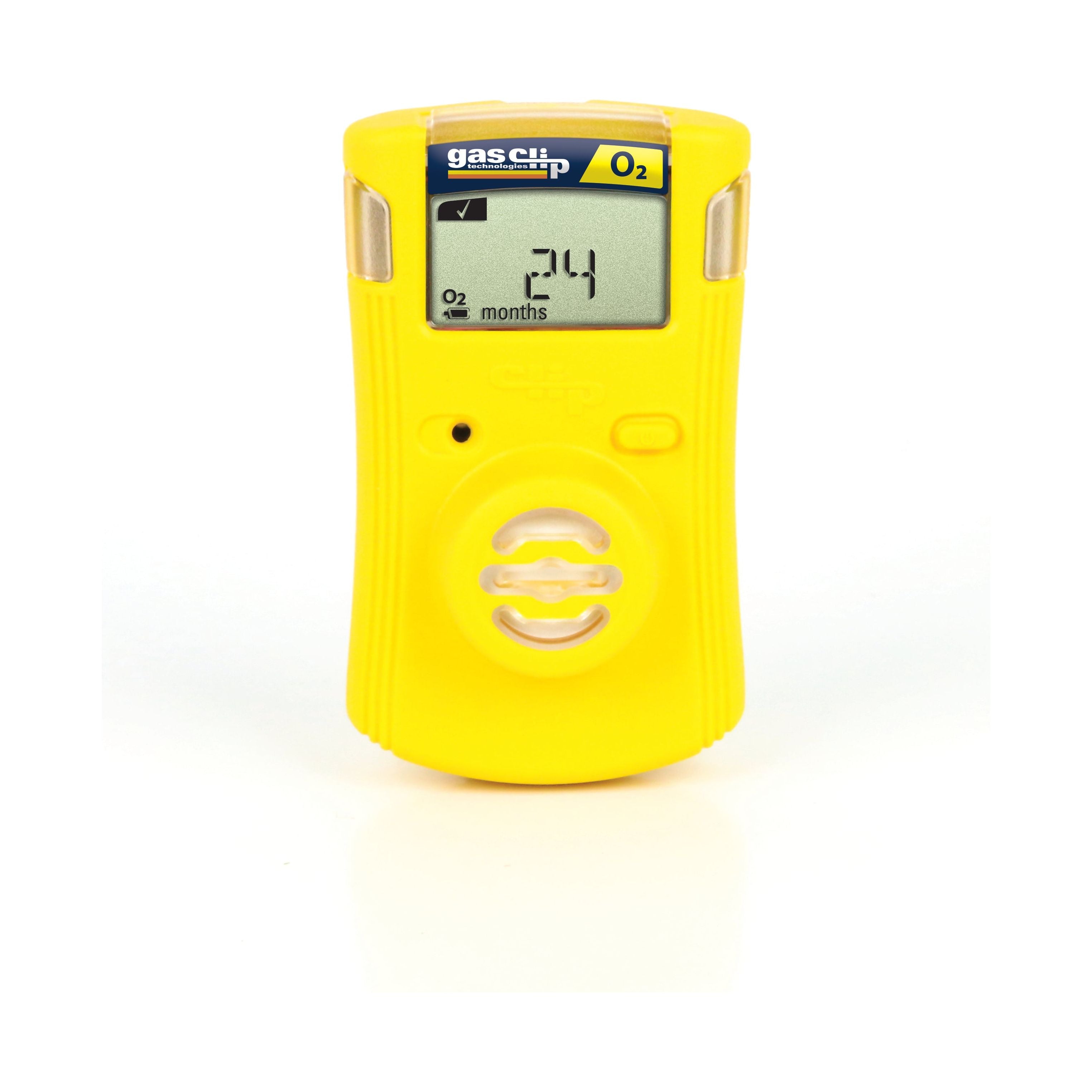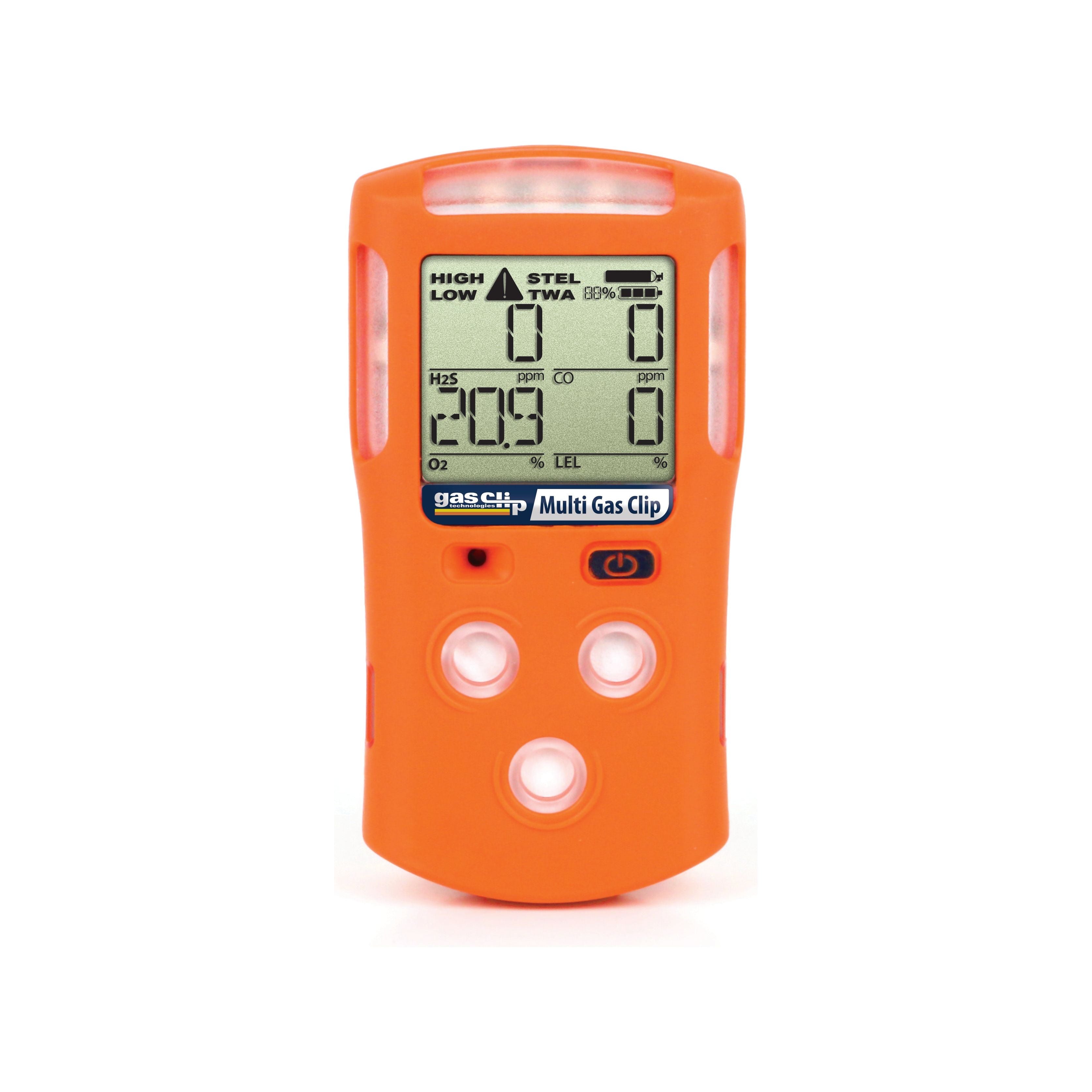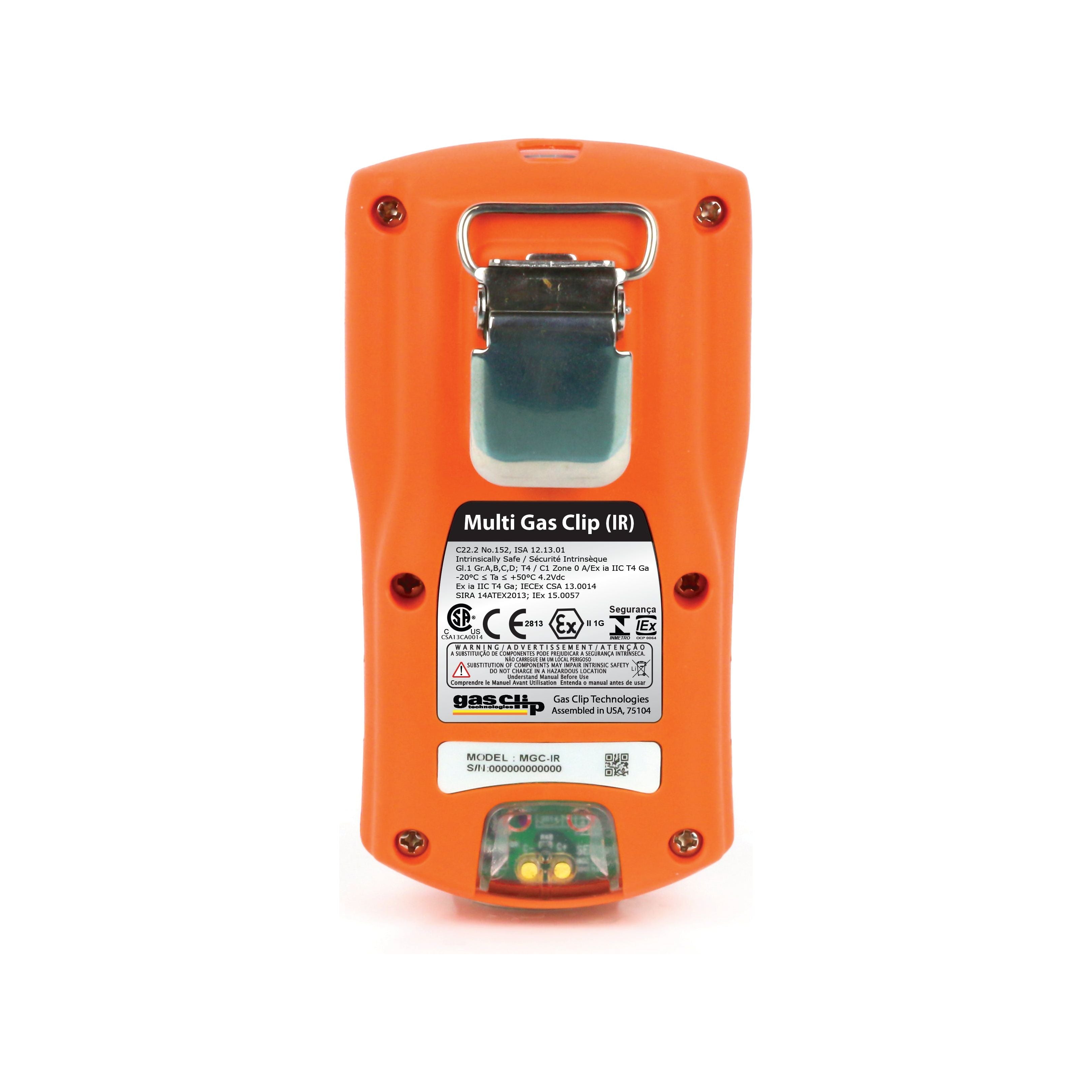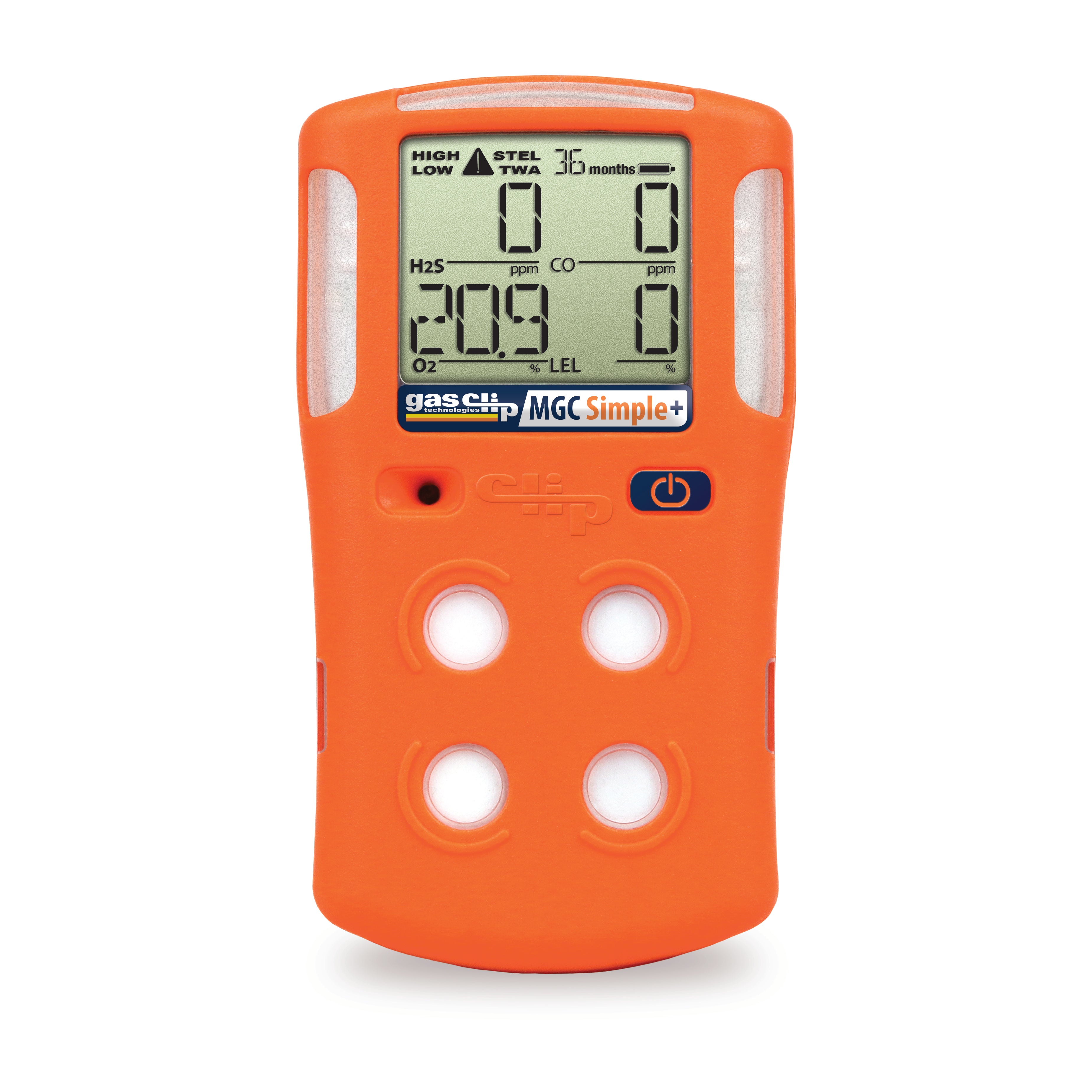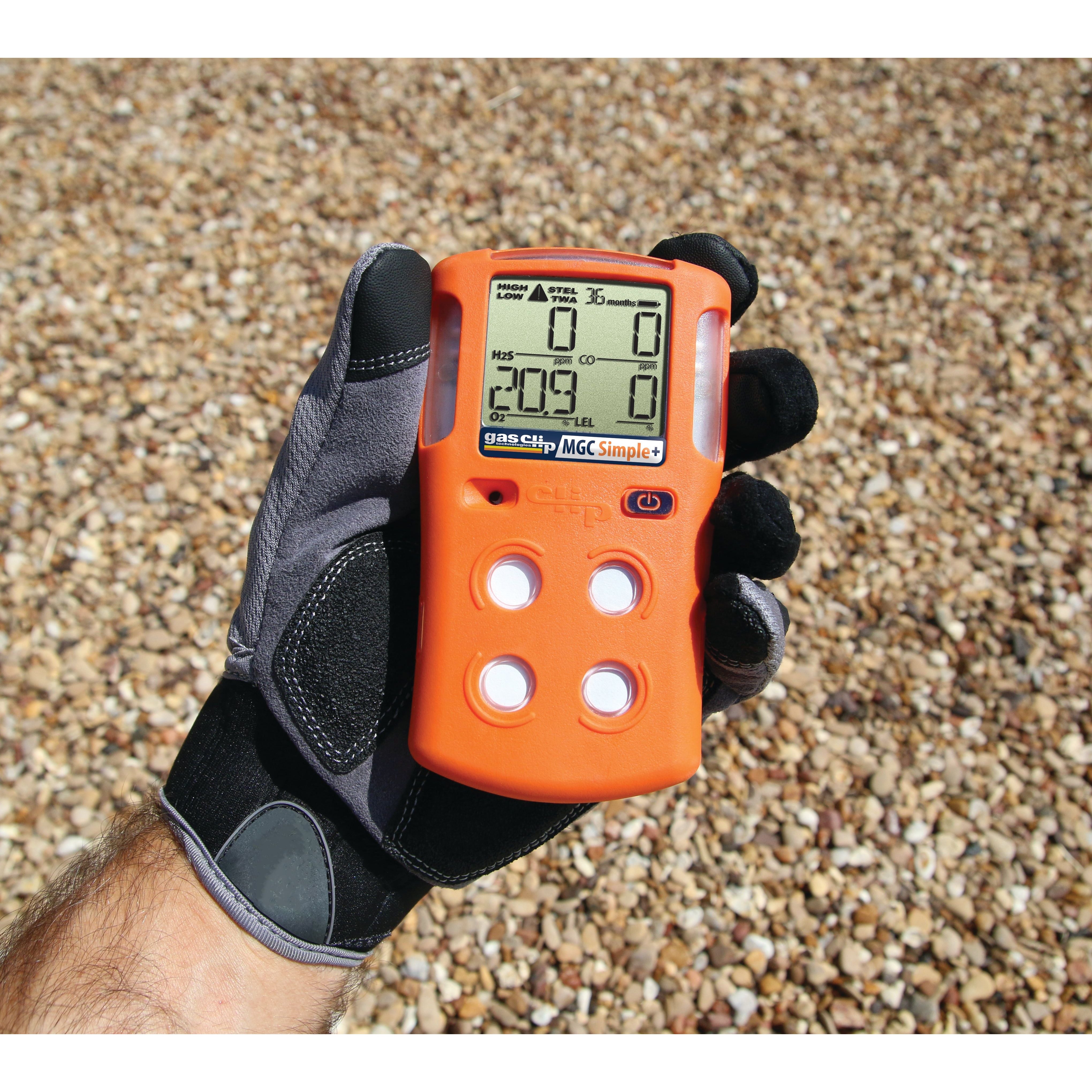Gas monitors are indispensable tools in various industries, ensuring the safety of workers and the surrounding environment. Here's a concise overview of their importance:
Gas monitors serve as vital safeguards: They continuously detect and monitor the presence of hazardous gases, alerting workers to potential dangers such as leaks, toxic fumes, or oxygen depletion. This early warning system enables prompt evacuation or intervention, preventing accidents, injuries, and even fatalities.
They ensure regulatory compliance: Many industries are subject to strict safety regulations regarding gas exposure levels. Gas monitors help companies adhere to these regulations by providing accurate data on gas concentrations, ensuring workplaces remain within permissible limits.
Gas monitors enhance worker safety: By providing real-time information about the presence of hazardous gases, monitors empower workers to make informed decisions, such as donning appropriate personal protective equipment or adjusting work practices to minimize exposure risks.
They protect the environment: Gas leaks can have detrimental effects on the environment, including air and water pollution. Gas monitors help mitigate these risks by promptly detecting leaks and enabling swift containment measures, minimizing environmental damage.
Gas monitors contribute to overall operational efficiency: By proactively monitoring gas levels and identifying potential hazards, monitors help prevent costly disruptions due to accidents, equipment damage, or regulatory violations. This ensures smooth operations and protects the company's reputation.
In summary, gas monitors are essential safety devices that play a crucial role in protecting both personnel and the environment in various industrial settings. Their proactive monitoring capabilities, regulatory compliance assurance, and contribution to operational efficiency make them indispensable tools for ensuring workplace safety and minimizing risks.

